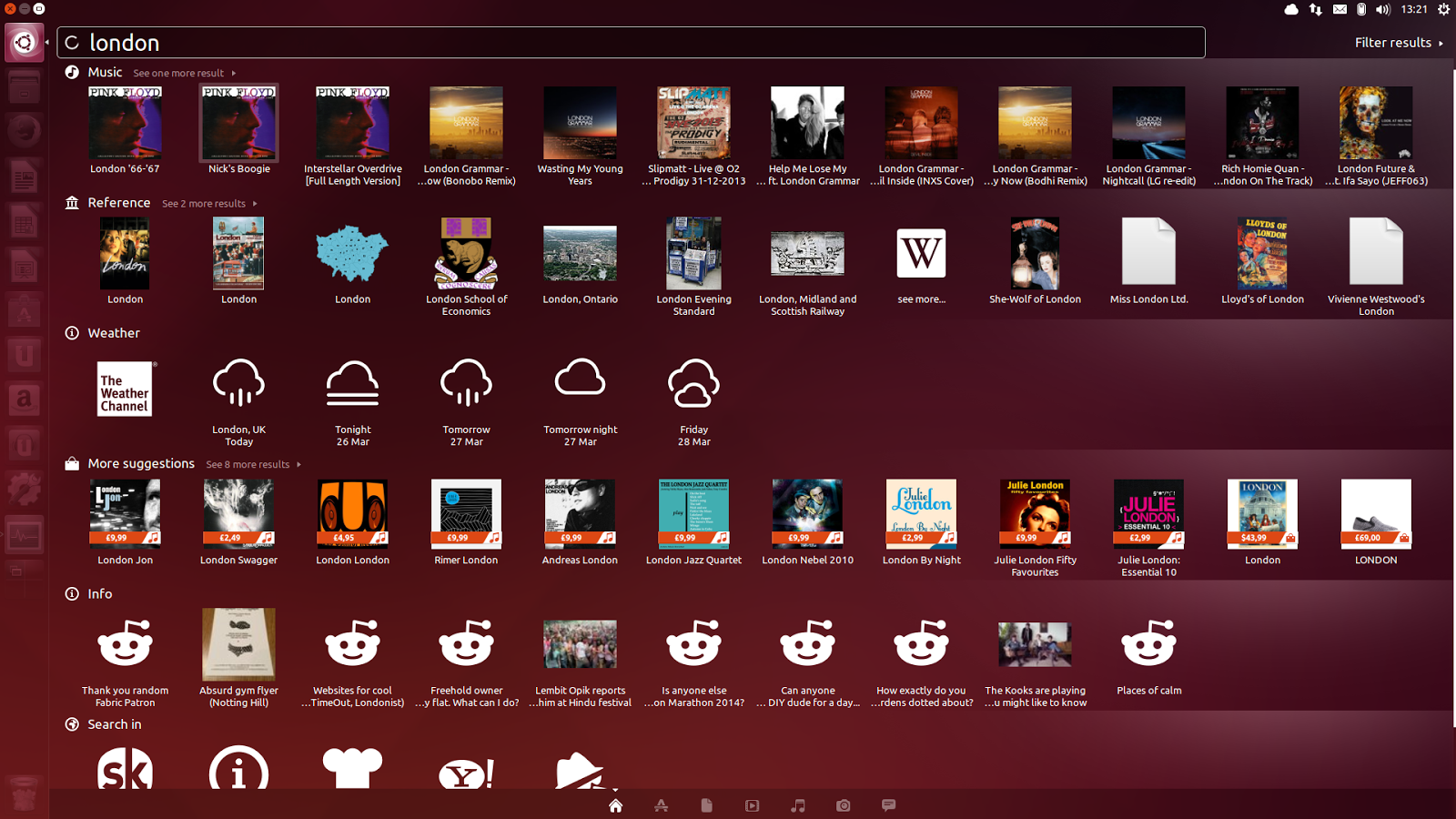

#XSCREENSAVER UBUNTU 14.04 UNINSTALL HOW TO#
If you don’t mind a large learning curve to figure out how to edit text mode completely out of init (along with the completely missing console mode), then this might be useful to you.

#XSCREENSAVER UBUNTU 14.04 UNINSTALL SERIAL#
One side effect would be no console is ever available except through remote login (or perhaps through serial console). Regardless of whether you use systemd or init files there exists a possibility to completely skip text mode, but I suspect that’s a very invasive edit. For systemd you may need to change the XML file to eliminate spawning text console on that particular default terminal key binding equivalent. So in the case of old style init there may be a file listing the terminal associated with the alt-F1 through alt-F6 key bindings and could be edited directly. An example is that to go to text mode root user could issue command “systemctl isolate multi-user.target”, and to go back to GUI mode “systemctl isolate graphical.target”. Under systemd XML files are used for defining targets, services, and other requirements (something like a master bookmark name to suggest a list of other bookmarks required to achieve that master bookmark).

Once you get to Ubuntu 16.04 it is possible this changes due to systemd now controlling part of boot configuration (Ubuntu 16.04 has begun the migration to systemd instead of standard init files, but I do not believe the migration is 100%). On Ubuntu 14.04 and earlier I think there might be config files in “/etc”. I’m not positive of the best way to do this, you’ll need to experiment. Since you can tell the system that the associated key binding can run anything, you can also tell it to run nothing by leaving the binding unconfigured. Prior to bringing up X11 this would leave that getty key binding blanked out and inert. To avoid this entirely you’d have to figure out how to configure the terminal of default getty session to not run console or login shell. Each of those alt-F1 through alt-F6 key bindings could be configured to run anything at all, e.g., one of those bindings could run a second or third X11 GUI session, or a curses based text mode wall clock.

Graphical mode just replaces that terminal program and its login for running the X11 server (this is in sequence where first text mode exists and only after this does GUI run to replace text mode). getty sets this up by configuring bash (or a given login name’s shell) to run along with the login prompt. If you were running console mode only, then you would normally switch between consoles via alt-F1 through alt-F6. This would not be specific to a Jetson, and any documentation you find on Ubuntu getty would be correct. Basically the current terminal is always set to run a console, and then the GUI replaces it. I won’t guarantee this, but what you are probably seeing is from the normal mechanics of booting first to multi-user (text) mode, and then running the X11 GUI (graphical) mode (so far as I know any graphical-mode enabled Linux distribution does this). Here is my nf after modification TIMEOUT 30įDT /boot/tegra210-jetson-tx1-p2597-2180-a01-devkit.dtbĪPPEND fbcon=map:0 console=tty1 console=ttyS1,115200n8 androidboot.modem=none rialno=P2180A00P00940c003fd curity=non-secure tegraid=21.1.2.0.0 section=256M memtype=0 vpr_resize usb_port_owner_info=0 lane_owner_info=0 emc_max_dvfs=0 video=tegrafb no_console_suspend=1 debug_uartport=lsport,0 earlyprintk=uart8250-32bit,0x70006000 maxcpus=4 usbcore.old_scheme_first=1 lp0_vec=$ core_edp_mv=1125 core_edp_ma=4000 gpt android.kerneltype=normal androidboot.touch_vendor_id=0 androidboot.touch_panel_id=63 androidboot.touch_feature=0 androidboot.bootreason=pmc:software_reset,pmic:0x0 root=/dev/mmcblk0p1 rw rootwait quiet Adding ‘quiet’ and changing to tty1 decrease some log messages but not completely.


 0 kommentar(er)
0 kommentar(er)
